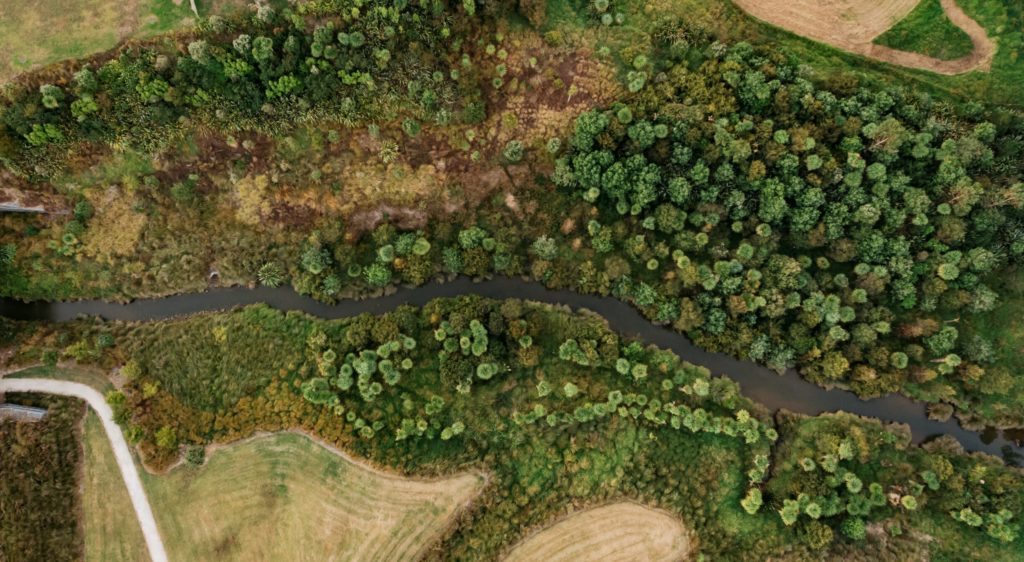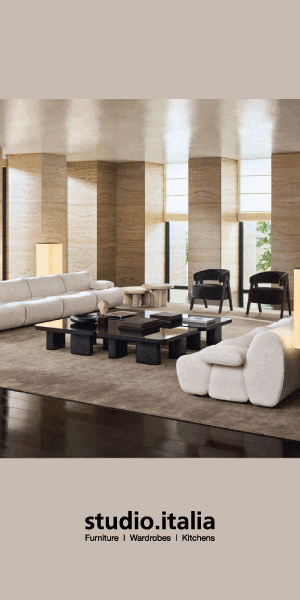On 162 hectares of what was once farmland at Auckland’s Long Bay, only small pockets of native forest remained, leaving plant and animal communities isolated from each other on degraded land.

A 10-year development nearing the final stages of completion has changed that, rendering the area unrecognisable from a decade ago and thriving in more ways than one. Here, the ecological and restorative outcomes are significant. It’s a place where the concept of ‘street’ is no longer clear.
The key indicators we generally associate with a residential setting don’t exist here; the grass berm is almost non-existent and lawnmower ownership rates are low. The streetscapes are designed for a multitude of uses — perhaps a street barbecue, a cycle way, or a pedestrian link.
The choices are vast, and that’s the idea. It’s the community that will ultimately design this place. It’s exactly that — a sense of place — that was front and centre in the design phase of the master plan, and landscape architect Emma Todd of Boffa Miskell, who has worked on the development since the beginning, says the result can be understood as a gradient — from coastline to headwaters and from naturally occurring to man-made habitats. “The resulting gradient is an abstracted replay of the valley sequence, the story of the valley as it unfolds to reach the coast.”
Long Bay is now home to 2000 new dwellings but it’s the landscapes that surround them that stand out here. Alongside the construction, more than 630,000 eco-sourced native plants have been planted, rain gardens abound, and streets offer more than the usual — albeit in this case purposely undefined — possibilities because they’re also key parts of the landscape. “It was about creating a sense of place, grounded by the ecology in the context of the riparian environment between coast and headwaters.
We needed to think beyond the typical grass berm and about how to create a sustainable urban street network with planting throughout that reflected the natural ecology of the area as it drops down to the coast.” Around two main streams that feed down to the coast, a network of pocket parks sit at the tip of ridgelines and connect streets to two wetland parks and connected pedestrian walkways. “The streets themselves become ecological networks,” Emma says. “The landscape is designed to strongly integrate ecologically with the natural gully, stream, and coastal environs. It is conceived as the connecting fingers that bind this special place together.”




